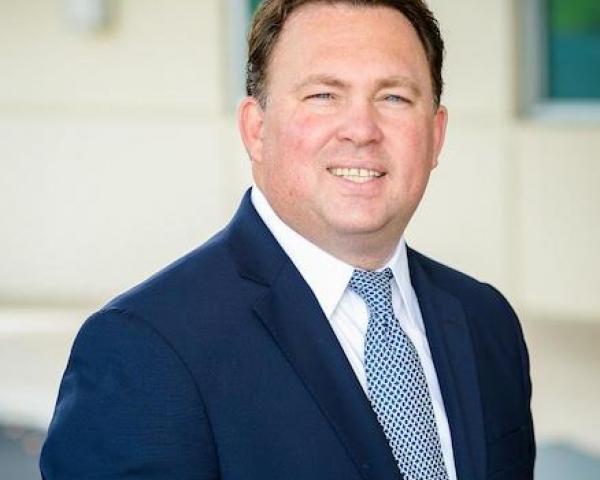Where there is growth, there is opportunity; where there is opportunity for one, there is hope for all. The opportunity to create opportunities for communities in need of growth, the opportunity to create jobs for residents of communities in need of work, the opportunity to create communities for a country in need of hope — these opportunities are true and righteous altogether. By offering these opportunities, insurance entrepreneurs do their part to be true to what our forefathers said on paper: coming together to insure domestic tranquility and form a more perfect union. By creating businesses in Opportunity Zones, insurance entrepreneurs can strengthen communities. Because of the tax incentives Opportunity Zones provide, insurance entrepreneurs must use this tool to help underserved communities nationwide.
A product of the Tax Cuts and Jobs Act of 2017, Opportunity Zones provide a tax incentive for investors to reinvest their unrealized capital gains into dedicated Opportunity Zone Funds. An investor may exclude 100% of long-term or short-term capital gains tax by investing in an Opportunity Fund within 180 days of the realization of that gain.
A long-term commitment on behalf of low-income communities, Opportunity Zones are census tracts in all 50 states as well as American Samoa, Guam, the Northern Mariana Islands, Puerto Rico and the Virgin Islands. The zones allow an investor to defer capital gains taxes for up to five years. After 10 years, all capital gains on the investment in the Opportunity Zones are waived.
To qualify, the Opportunity Fund must invest more than 90% of its assets in a qualified property or business located in an Opportunity Zone. The property must be significantly improved, which means it must be an original use, or the basis of the property must be double the basis of the non-land assets. The business must remain compliant as an Opportunity Zone-qualified company.
States may designate up to 25% of low-income census tracts as Opportunity Zones. To date, there are 8,764 Opportunity Zones in the U.S., many of which have experienced a lack of investment for decades. These tracts are candidates for renewal, not only because of the wrongs of the past but because of the urgency of the present; for the past is present among generations of residents of the same communities, where change is negative, investment nonexistent and existence itself a nightmare of poverty, strife and despair.
Insurance entrepreneurs must bring opportunity to these communities, offering tax-free retirement income strategies and principal-protected insurance contracts, among other more sophisticated risk management solutions.
See also: Time to Try Being an Entrepreneur?
Insurance entrepreneurs must bring economic freedom to communities in Opportunity Zones, because choice is essential to the survival and success of these communities.
The incentives for everyone, whether insurance entrepreneurs or residents, are several and substantial.
Seizing these opportunities is a way to repair the breach and raise up the foundations of many generations, restoring the lives and dignity of our fellow citizens.
Opportunity Zones are a grant to lift up the world.








